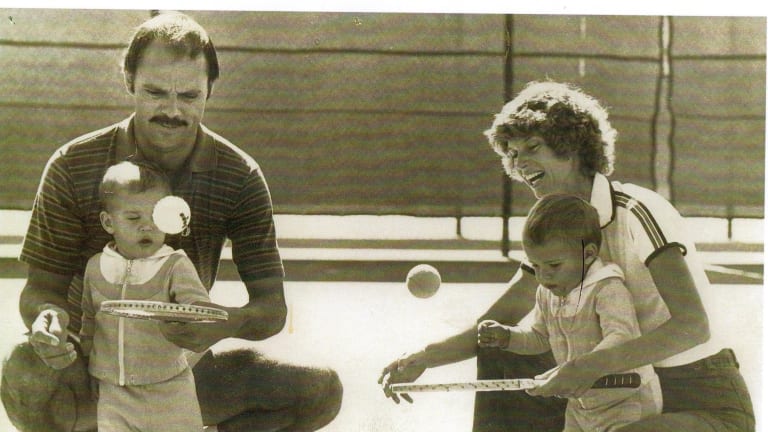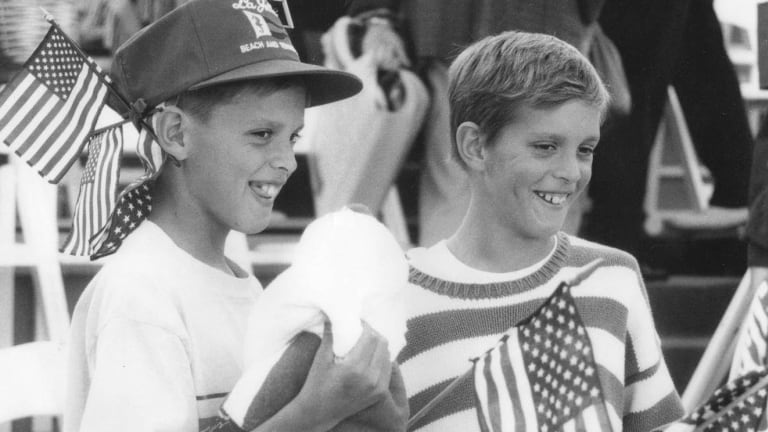Over the course of their careers, the redoubtable Bryan brothers have touched so many milestones that it has become difficult to keep track of their achievements. The immensely popular American twins have done it all in doubles over an extraordinarily long span, setting records almost routinely along the way, building a loyal and enduring following fan base, demonstrating that nothing matters more than winning without excess ego. For a couple of decades now, Mike and Bob Bryan have gone to work honorably in their favorite playgrounds, and their pride and perspicacity have been on display wherever and whenever they have set foot on the field of competition.
The Bryans turned 40 on April 29, yet this pair of tennis icons is not resting on their laurels. They are tied for fifth in the ATP doubles rankings (No. 2 in the team rankings), but on current form, after winning Masters 1000 tournaments in Miami and Monte Carlo, they are looking more like the dominant tandem they once were. The Bryans, of course, have set every men’s doubles record imaginable, capturing 16 major titles, amassing 116 career title, residing at No. 1 in the world in the year-end rankings for no fewer than ten seasons, winning at least one Grand Slam title in ten consecutive years (2005-2014), reaching at least one major final in 15 consecutive seasons (2003-2017), and winning 24 Davis Cup matches for the United States.
"It doesn’t get normal to hear yourself called the greatest team of all time in the player intros on the court before matches," says Bob, the left-handed, deuce-court player. "Sometimes it is a little embarrassing, but it does make you proud."
Those achievements are just the tip of the iceberg. But the Bryans are not lost in their reflections. They are still chasing large dreams.
“When I turned pro [in 1998] I just said, ‘Hey, I would love to make it to 30 years old. That was my goal,” says Bob. “Then you get closer and we saw that we would be 34 when the London Olympics was played, so maybe that would be a great place to go out. Then you hit that [target] and there is no end in sight.”
Added the right-handed, ad-court stalwart Mike: “To play until 35 was just unheard of ten to 15 years ago. I think Mark Woodforde did it and we thought he was ancient. We were kind of envisioning when we were in our early 20s making it a little past 30, but here we are at 40 after 20 years playing and we still want to play more.”

